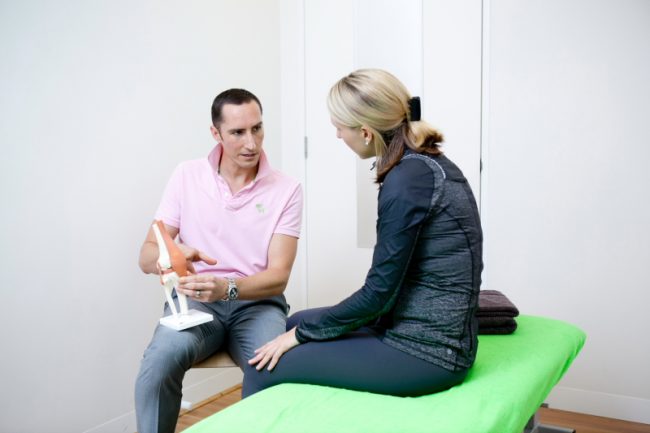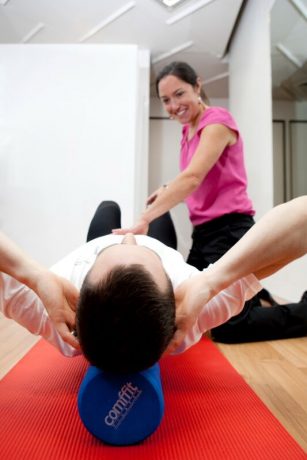Why a positive relationship with your physiotherapist is important – July CPD
Published on
07 Aug 2018


Written by
Kate Senini
Consultant Physiotherapist
Call us on: (03) 9975 4133
Historically, society's perceptions of 'physiotherapy treatment' were of a passive treatment process in which the physiotherapist would merely 'treat' the patient. However, science and medicine have evolved, which means our Physiotherapy practice has too. This three part blog delves into the details of why, and how we can work together to achieve great outcomes.
Building a relationship with your Physiotherapist.
The journey to recovery from injury now involves a much more actively engaged process between the therapist and patient. It is about building a relationship of trust, honesty, openness, and ultimately collaboration. Taking this approach has helped achieve very positive outcomes.
You have an injury. How do you deal with it?
Think about yourself for a minute. You have an activity, or activities that you love. It may be your family, your work, your sport, or how you spend your leisure time. Within those activities, you may have even developed a goal or aim. It may be part of your daily or weekly routine. It may involve social aspects. It may involve a personal challenge to improve or develop this activity further such as registering for an event. Everything is great, and you feel happy and positive whilst you are engaged in this activity.
Then suddenly, injury strikes.
In just one moment that activity is suddenly parked on the sidelines.
Injury may occur in a second. Or, it may have been gradually building over time. You try to ignore it, adjust things a little, then a little more, and more again, in the hope that it will rectify itself without having to face it and address it. A busy life and other priorities mean the injury possibly continues to manifest for quite some time before you face the fact that you need help if you are to get back to doing what you love.
You finally make an appointment, and tell yourself you are going to commit to treatment, achieve recovery and injury resolution, and get back on track.
And at that moment in time there is an underlying decision that you need to make that will see your likelihood of success swing in the balance:
Do you want to ‘seek treatment’, or do you want to ‘engage in treatment’?

The Pure Physio Ethos around our Patient Journey.
The role of a Physiotherapist has undergone a massive evolution process in recent times. Historically, it was utilising a very clinically evidence based repertoire of treatment methods to heal an injury. The perception of ‘physiotherapy treatment’ was historically of passive treatment, with the therapist performing treatment on a patient to fix an injury.
However, as time and research have evolved, it has become more evident that the successful outcome of injury recovery really does hinge on the ability of the therapist and the patient to work together to create a joint treatment plan that is specific, sustainable, measurable, achievable, relevant, and time oriented.
The science world has a far greater ability to undertake more complex clinical research studies and trials. Through this research it has become more and more evident that a successful patient outcome depends upon a solid relationship between the patient and the therapist in order to work together through the journey to recovery.
We’re here to help.
Want to learn more about the patient journey and relationship? Not looking for a ‘quick fix’? Get in touch – drop us a note now.
About the Author
Kate Senini — Consultant Physiotherapist
Kate, who was a founding partner at Pure Physio in 2010, is now working exclusively in a clinical role. Helping people recover from injury and prevent future injuries has always been her true passion!
Back to blog home